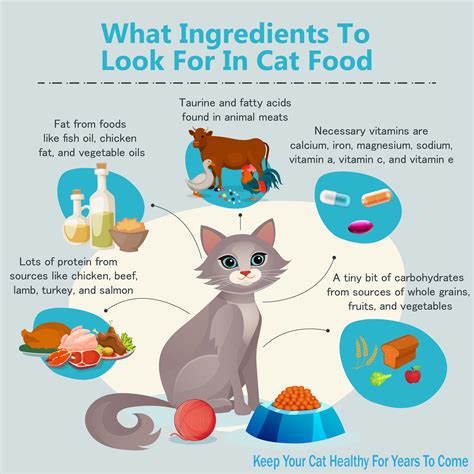Introduction
Cats are obligate carnivores, which means that they must eat meat to survive. However, not all cats are created equal, and some cats have specific health conditions that require them to eat a specialized diet.

Common Feline Health Conditions and Their Nutritional Needs
Here are some of the most common feline health conditions and the nutritional needs of cats with these conditions:
- Obesity
Obesity is a major problem in cats, and it can lead to a number of health problems, including diabetes, heart disease, and arthritis. Obese cats need to eat a diet that is low in calories and fat, and high in fiber.
- Diabetes
Diabetes is a condition in which the body cannot produce or use insulin, a hormone that helps the body use glucose for energy. Diabetic cats need to eat a diet that is low in carbohydrates and high in fiber.
- Heart disease
Heart disease is a condition that affects the heart and blood vessels. Cats with heart disease need to eat a diet that is low in sodium and fat, and high in fiber.
- Arthritis
Arthritis is a condition that causes inflammation of the joints. Cats with arthritis need to eat a diet that is high in omega-3 fatty acids, which have anti-inflammatory properties.
Tips for Feeding Cats with Specific Health Conditions
Here are some tips for feeding cats with specific health conditions:
- Talk to your veterinarian. Your veterinarian can help you determine the best diet for your cat based on their individual needs.
- Read the labels carefully. When you are choosing a cat food, be sure to read the labels carefully to make sure that the food meets your cat’s nutritional needs.
- Feed your cat small meals throughout the day. This will help to prevent your cat from overeating and gaining weight.
- Don’t give your cat table scraps. Human food is not good for cats, and it can lead to a number of health problems.
Conclusion
If your cat has a specific health condition, it is important to talk to your veterinarian about the best diet for your cat. With the right diet, your cat can live a long and healthy life.
Tables
| Health Condition | Nutritional Needs |
|---|---|
| Obesity | Low in calories and fat, high in fiber |
| Diabetes | Low in carbohydrates and high in fiber |
| Heart disease | Low in sodium and fat, high in fiber |
| Arthritis | High in omega-3 fatty acids |
| Food Type | Calories per Cup | Protein (%) | Fat (%) | Carbohydrates (%) |
|---|---|---|---|---|
| Dry food | 350-450 | 25-35 | 10-15 | 40-50 |
| Wet food | 100-150 | 10-15 | 5-10 | 2-5 |
| Raw food | 150-200 | 15-20 | 5-10 | 1-2 |
| Treat Type | Calories per Treat | Protein (%) | Fat (%) | Carbohydrates (%) |
|---|---|---|---|---|
| Catnip | 5-10 | 0 | 0 | 0 |
| Greenies | 10-15 | 5 | 1 | 89 |
| Temptations | 2-4 | 1 | 1 | 98 |
Tips and Tricks
- Make sure that your cat has access to fresh water at all times.
- Don’t overfeed your cat.
- Avoid giving your cat table scraps.
- Brush your cat’s teeth regularly.
- Take your cat to the veterinarian for regular checkups.
Current Status and Future Trends
The current status of feline nutrition is that there is a growing awareness of the importance of feeding cats a healthy diet. However, there is still a lot of misinformation about what constitutes a healthy diet for cats. In the future, we can expect to see more research on feline nutrition and the development of new and innovative cat foods.
How to Improve
Here are some ways to improve the nutritional status of cats:
- Educate cat owners about the importance of feeding cats a healthy diet.
- Develop new and innovative cat foods that meet the nutritional needs of cats.
- Make it easier for cat owners to find healthy cat food.
- Support research on feline nutrition.
By taking these steps, we can help to improve the health and well-being of cats.





















